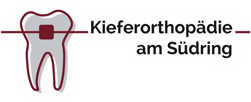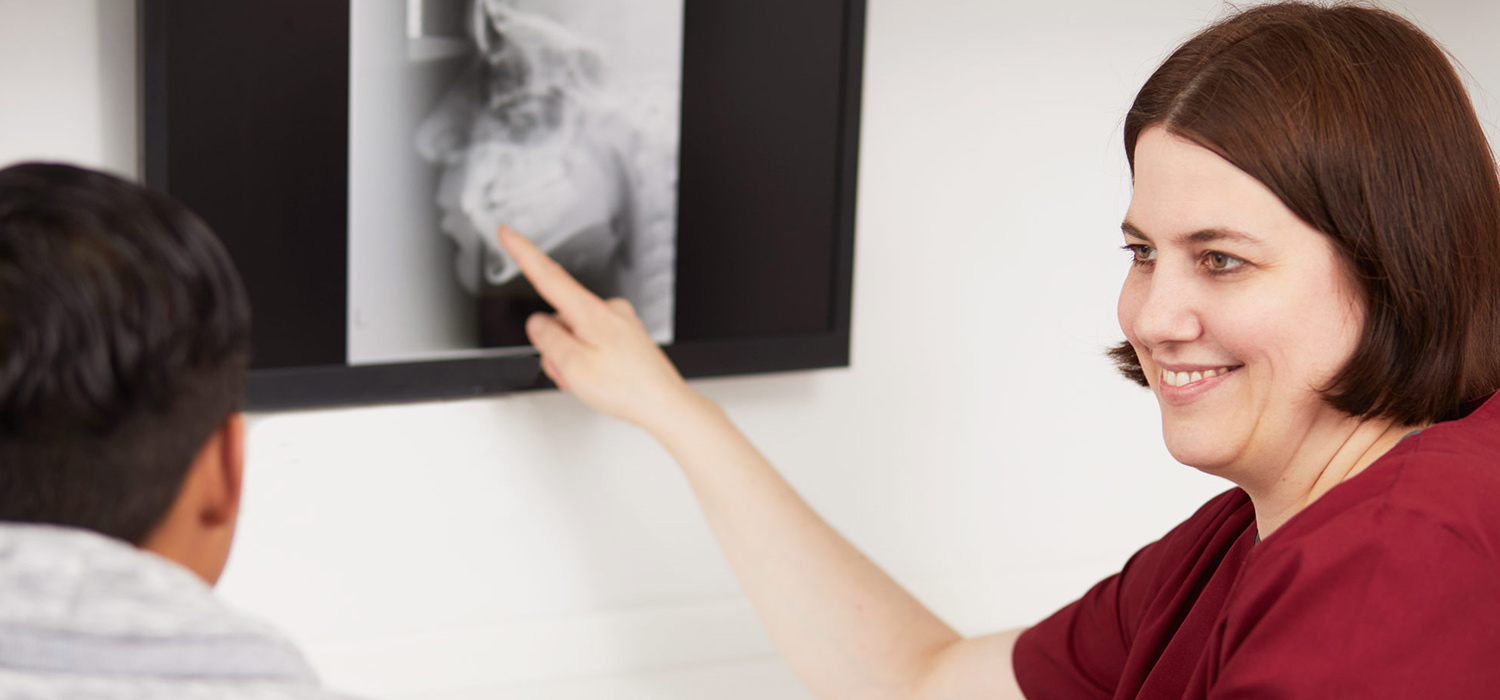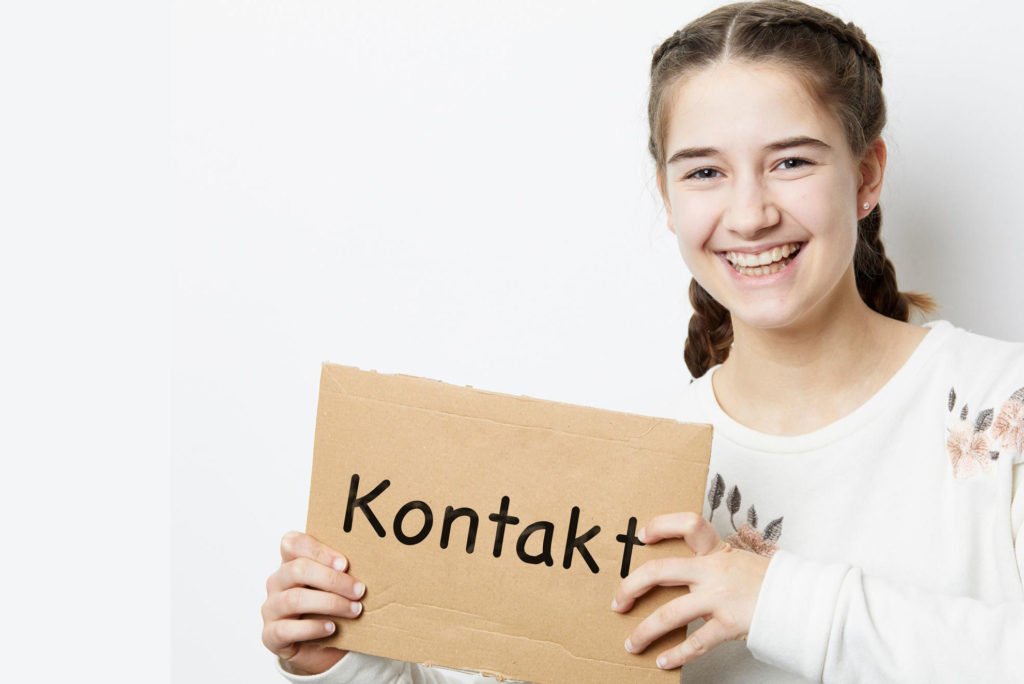Comprehensive Holistic
Diagnostics
Holistic
The focus is on the whole body
Our holistic approach provides for comprehensive diagnostics.
In addition to the chewing apparatus, other parts of the body, stress fields and superordinate aspects are also included in diagnostics. Among other things, the following questions are answered when treating children and adolescent orthodontic patients:
Mouth Position, Lips and Nose
In addition to the jaws and teeth, the soft tissues surrounding them are also important for the orthodontic examination. The attention is not only focused on lips and nose. The following questions are also important to be answered:
1. Association between Head and Body Posture and Mouth Breathing
The head and body posture allows conclusions to be drawn about possible malpositioning and malfunctions of the dentition.
Impaired nasal breathing, for example, is compensated for by mouth breathing, which means that the mouth is constantly open. Over time, this in turn leads, among other things, to a characteristically altered head posture and a permanent tension of the chewing and neck muscles. Patients often suffer from neck pain in this situation.
Since the raised head posture also adversely affects the angle of vision, frequent compensatory movements (inclinations) of the head are added. This second aspect intensifies the neck pain. The long-term orthodontic consequences of this permanent malposition and the permanent tension of the chewing muscles are a gradual reshaping of the lower jaw and a repositioning of the chin backwards, a shifting of the bite, possibly also a cross bite as well as an upper narrow jaw.
In such cases, the treatment always takes place in cooperation with an ENT clinician or an allergologist if mouth breathing is the result of an allergy.
2. Tongue Position as well as Oral and Facial Muscles
The tongue is a strong muscle that contributes a lot to the development of the jaw and teeth position. Due to an incorrect tongue position, the upper jaw is usually underdeveloped and therefore too narrow. This often leads to a crossbite of the lateral teeth. If the tongue is pressed forward between the teeth when swallowing or speaking, a so-called open bite develops.
The various malfunctions of the tongue must be diagnosed and treated, because after completion of an orthodontic treatment, the tongue will otherwise work against the straight teeth and will lead to a new malposition (relapse).
3. Speech
Unclear speech and misaligned teeth can cause each other. Moreover, unclear speech can be caused by an unfavorable positioning of the tongue. In such cases treatment is conducted with logopedic support.
Position of the Cervical Spine, Skeletal Development
In children and adolescents, orthodontic treatment still has a positive, preventive influence on the development of posture as long as the growth is not yet completed. Skeletal problems of this kind can still be corrected in this phase of life or at least significantly alleviated by orthodontics.
See also comprehensive diagnostics of adult tooth correction.



